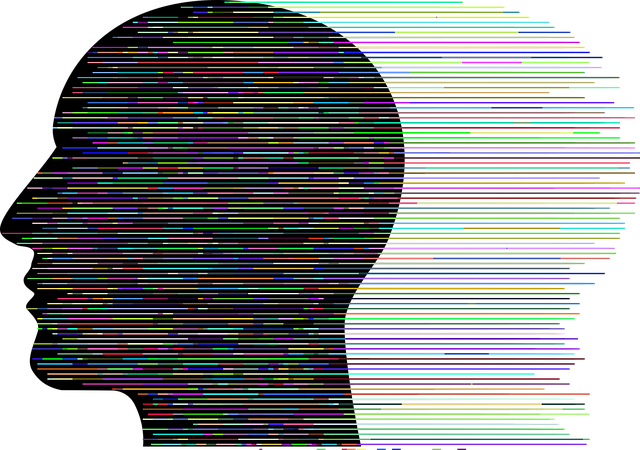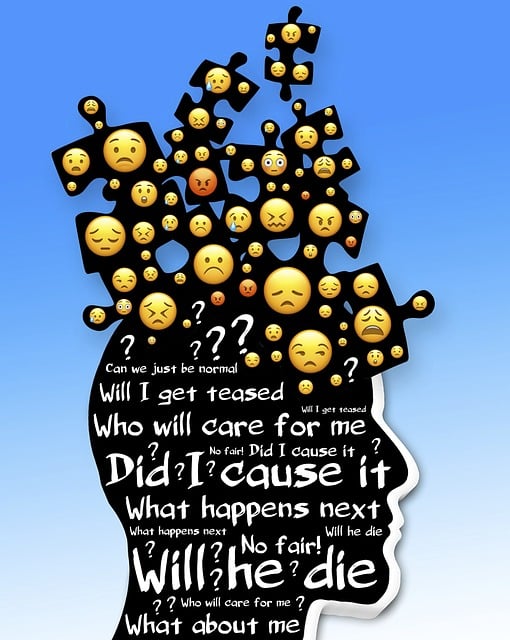Art and music psychotherapy offers a unique, non-verbal approach to address mental health issues, making it accessible to those who struggle with verbal expression. Through creative activities like painting or music, clients explore emotions, gain insights, and process traumatic experiences. This method leverages the inherent therapeutic properties of art and music for introspection, emotional release, and healing. Effective for conditions such as depression, anxiety, PTSD, and ASD, these therapies empower individuals to navigate their mental health journeys with enhanced well-being. Integrating art and music into traditional psychotherapy enriches treatments, catering to diverse needs and providing more comprehensive support. As research continues to support its effectiveness, challenges like access and training must be addressed to fully realize the potential of creative psychotherapy in shaping a holistic and inclusive mental health support system.
Art and music psychotherapy is a unique, innovative approach to healing mind and body. This therapeutic practice harnesses the power of creative expression to explore mental health challenges, fostering self-discovery and promoting wellbeing. From painting and drawing to music and movement, these non-verbal forms of communication offer profound insights into our emotional states.
This article delves into the world of art and music psychotherapy, examining its benefits, applications, and future potential in addressing diverse mental health concerns.
Understanding Art and Music Psychotherapy: A Unique Therapeutic Approach

Art and music psychotherapy is a unique therapeutic approach that leverages creative expression to address mental health issues. Unlike traditional talk therapy, this method emphasizes non-verbal communication through art and music, making it accessible to individuals who may find it challenging to articulate their feelings verbally. By engaging in activities like painting, drawing, or listening/creating music, clients can explore and express emotions, gain insights into their psyches, and work through traumatic experiences.
This form of psychotherapy is based on the belief that art and music have inherent therapeutic properties. The process allows for introspection and reflection, facilitating emotional release and healing. Moreover, it provides an alternative way to communicate and interpret experiences, especially for those who struggle with language or find conventional therapy settings overwhelming. Thus, art and music psychotherapy offers a powerful tool in the field of mental health support, catering to diverse client needs.
The Power of Creative Expression in Healing Mind and Body

The power of creative expression through art and music holds a unique and profound ability to heal the mind and body, as recognized by mental health psychotherapists worldwide. This therapeutic approach harnesses the innate human drive to create, offering a safe space for individuals to explore their emotions, thoughts, and experiences in a non-verbal manner. By engaging in artistic processes, clients can access and release deep-seated feelings, often providing clarity and insight into personal struggles.
The act of creating art or music facilitates a sensory experience that bypasses the cognitive barriers we often face. It allows for emotional expression without the need for complex language, making it particularly effective for those who find verbal communication challenging. This creative outlet encourages introspection, fostering self-awareness and promoting mental well-being. Moreover, the process of artistic creation can be deeply calming, reducing stress and anxiety while providing a means to transform negative emotions into something tangible and potentially therapeutic.
Art as a Tool for Self-Discovery and Mental Health Exploration

Art has long been recognised as a powerful medium for self-expression and healing. In the context of mental health psychotherapy, it serves as a unique tool for individuals to explore their inner world and gain profound insights into their emotional states. Through creative processes, such as painting, drawing, or sculpting, clients can externalise their feelings, thoughts, and experiences, which may be difficult to articulate verbally. This non-verbal form of communication allows for the expression of complex emotions, trauma, or psychological struggles in a safe and controlled environment.
The act of creating art encourages introspection and self-discovery. As individuals engage in artistic processes, they may uncover hidden aspects of themselves, process unresolved issues, and develop new perspectives on their mental health challenges. Art therapy provides an alternative avenue for self-reflection and emotional release, complementing traditional talk therapies. It offers a sense of ownership over one’s healing journey, fostering a deeper understanding of oneself and promoting mental well-being.
Music's Role in Modulating Moods and Promoting Wellbeing

Music plays a profound role in modulating moods and promoting wellbeing, making it an integral tool in mental health psychotherapy. Through its rhythmic patterns and melodic structures, music can evoke powerful emotions, from joy and calm to sadness or anger. This ability allows therapists to harness the power of sound to help individuals process and express feelings, often reaching parts of the mind that verbal communication might struggle to access.
In therapeutic settings, carefully curated music can create a sense of safety and relaxation, facilitating a deeper connection between client and therapist. It can also serve as a bridge to enhance empathy, understanding, and self-awareness. The non-verbal nature of music makes it accessible to people from diverse backgrounds and those who may find verbal expression challenging, making it an inclusive element in the pursuit of mental health and wellbeing.
Case Studies: Successful Art and Music Psychotherapy Interventions

Art and music psychotherapy interventions have been shown to be highly effective in addressing various mental health issues. Case studies highlight their success in treating depression, anxiety, post-traumatic stress disorder (PTSD), and even in managing symptoms of autism spectrum disorder (ASD). For instance, a study published in the Journal of Music Therapy documented the positive impact of art therapy on patients with PTSD, where creative expression facilitated emotional processing and healing. Similarly, music psychotherapy has been successfully used to improve social communication and emotional regulation in individuals with ASD.
These therapeutic approaches offer unique benefits by engaging clients in non-verbal, imaginative, and sensory ways. Art allows individuals to communicate and explore complex emotions without the need for words, while music can evoke and regulate mood states. The use of these creative modalities has been particularly beneficial in helping clients process traumatic memories, express repressed feelings, and develop coping strategies. Furthermore, art and music psychotherapy interventions often foster a sense of empowerment and self-discovery, enabling individuals to navigate their mental health journeys with enhanced resilience and well-being.
Integrating Art and Music into Traditional Psychotherapy Practices

Integrating art and music into traditional psychotherapy practices has emerged as a powerful approach to enhance mental health treatments. These creative modalities offer unique ways for individuals to express themselves, explore emotions, and engage in therapeutic processes. Art psychotherapy encourages clients to convey their thoughts and feelings through various artistic means, such as painting, drawing, or sculpting, allowing them to communicate beyond words. Similarly, music therapy harnesses the emotional power of music to help individuals process their experiences and promote healing.
By incorporating art and music, mental health professionals can cater to diverse therapeutic needs. Art can be particularly beneficial for non-verbal clients or those who struggle with language expression. Music, on the other hand, stimulates emotions and memories, making it effective in addressing trauma, anxiety, and depression. Integrating these creative tools into conventional psychotherapy expands the range of interventions available, ensuring more comprehensive and engaging mental health support.
Future Prospects and Challenges in the Field of Creative Psychotherapy

The field of creative psychotherapy, encompassing art and music therapy, holds immense potential for transforming mental health care. As research continues to grow, future prospects look promising, with increased integration into mainstream healthcare systems. Creative therapies offer unique and accessible means of expression, particularly for individuals who may find verbal communication challenging. This approach can facilitate emotional release, enhance self-awareness, and promote healing in a non-traditional yet effective manner.
However, challenges remain. Ensuring equal access to these therapeutic modalities is crucial, as barriers such as cost and availability can limit their reach. Additionally, standardizing training programs and professional recognition is essential for elevating the field’s credibility. With ongoing innovation and research, art and music psychotherapy have the power to shape a more holistic and inclusive mental health support system, catering to diverse populations and needs.
